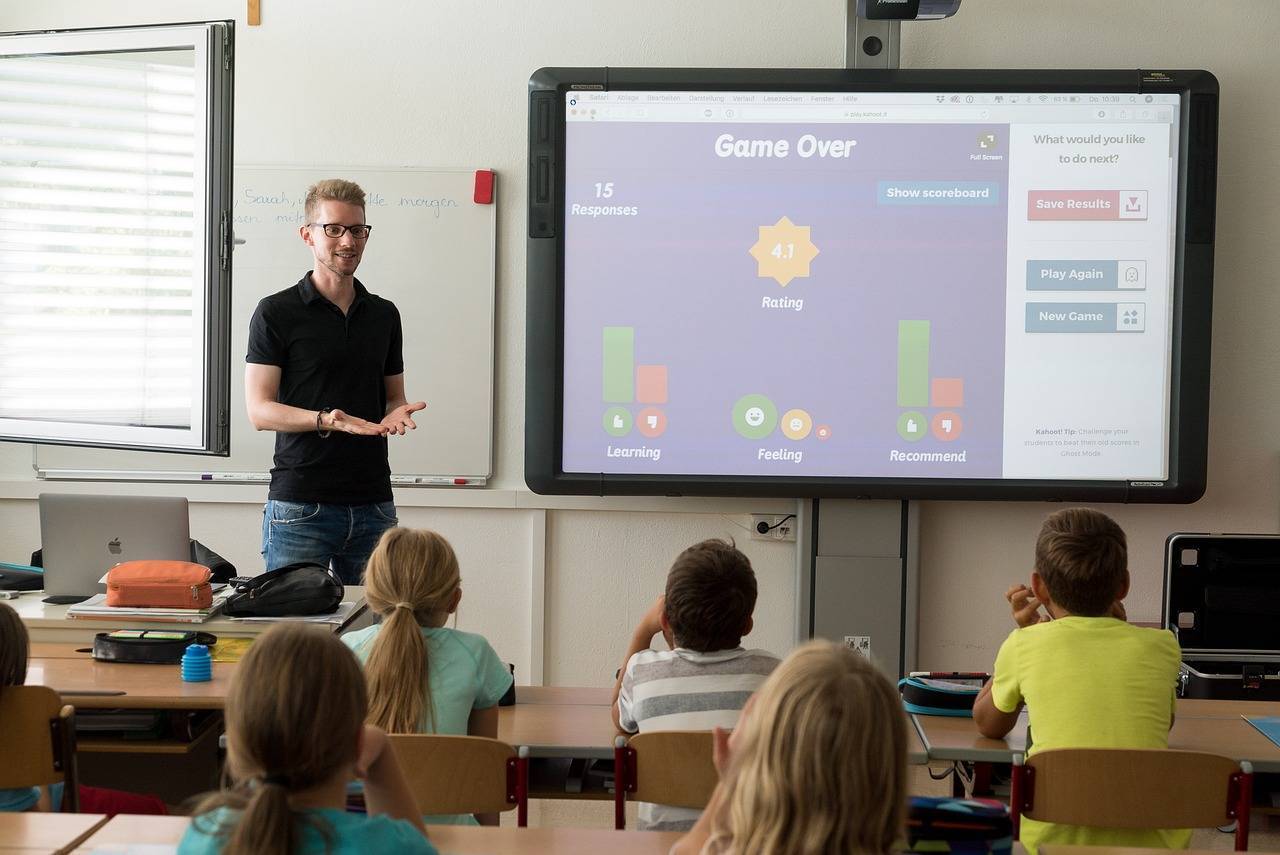

Playing educational games that are also fun and engaging is a fantastic approach to boosting children’s memory and piquing their interest in learning. Several types of games may be used to reinforce learning and inspire active involvement, from simple quizzes to complex simulations. Finding a happy medium between play and learning is essential, with games as a supportive tool for more conventional pedagogical approaches. By appealing to their students’ innate curiosity and joy of gaming, teachers may foster a more engaging and active classroom setting through games.
It has been shown that using games in the classroom can help students retain more of what they are taught. Providing tools, like a custom board game about the topics you will be covering in the classroom, may be an effective way to get students involved, encourage them to think critically, and provide a rewarding and enjoyable experience. These are five ways video games may be used to improve education in the classroom.
Students can’t just sit back and watch a game; they have to take an active role in it and learn something from it. Students can gain confidence in their abilities and better understand ideas via play.
Students may see the results of their actions in real-time in many games, allowing them to change their strategy as needed. Insights like this can improve students’ comprehension and long-term memory of course content.
To succeed, students in many games must cooperate with one another. As a result, children can learn to speak clearly and work together to find solutions to challenges, fostering a culture of cooperation and teamwork in the classroom.
Kids may be kept more interested in the topic and actively involved in learning when they do so via the use of games. When students are having fun in class, they are more likely to listen and retain what they have learned.
By playing games, students are frequently prompted to consider novel approaches to solving difficulties. As a result, students may develop their capacity for critical analysis and be inspired to dig further into the subjects they study.
Boosting students’ emotional health may be as simple as making the classroom more enjoyable. Students are more likely to learn and remember the material when they are optimistic about the classroom environment. Bringing some form of gaming into the classroom is one approach to liven things up.
Students who play games regularly report feeling less stressed and anxious about their lives. When children play games, they can release tension while also having a great time doing it. In addition, people can acquire helpful skills for managing anxiety and stress in the real world by playing games, which is another benefit of gaming.
Games also help improve cognitive skills, including problem-solving, critical thinking, and decision-making. These abilities are not only applicable in the actual world and crucial for academic achievement. Taking on the role of a game designer encourages students to think outside the box and develop their problem-solving skills.
Having a conducive learning atmosphere in the classroom is essential. Students’ mental health and academic performance might suffer in a classroom that lacks interest and stimulation. The drawbacks of a boring and unappealing classroom will be discussed ahead.
If the classroom is boring, pupils won’t be motivated to learn. If they stop caring, it might affect how well they do in class.
Students’ stress levels might rise in a classroom that lacks interest. Anxiety and despair might result, making it hard for the student to focus on schoolwork.
A lack of interesting teaching materials and a lack of other interesting classroom dynamics can stunt creativity in the classroom. Those affected may be hampered in their capacity for creative problem-solving and new ideas because of it.
There are several ways in which students benefit from using games in the classroom. It has the potential to boost their ability to solve problems, aid in memory retention, inspire them to study, and make class time more enjoyable overall. Yet, it is essential to strike a balance between gaming time and more conventional forms of instruction to guarantee that students are gaining the knowledge they need. Disengagement diminished motivation, and ultimately lower academic accomplishment can result from a monotonous and dreary classroom atmosphere. So, using games in the classroom is a great way to get students more involved and involved in learning.
Introduction In the fast-paced world of today, mindfulness is becoming more and more important. Mindfulness—that… Read More
Car seats can be a pain. They’re bulky and a pain to attach to your… Read More
Laughter is the best medicine, and what better way to enjoy a lighthearted moment than… Read More
Kids love humor, and what better way to get them giggling than with some funny… Read More
Imagine having a study partner who never sleeps, speaks 50 languages, and can untangle complex… Read More
Finding means to relax and foster creativity is more crucial than ever in a fast-paced… Read More